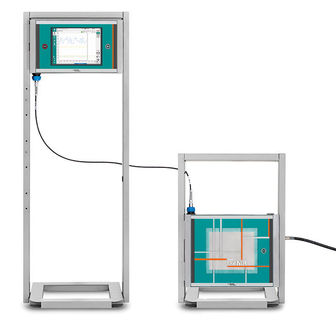To use all functions of this page, please activate cookies in your browser.
my.bionity.com
With an accout for my.bionity.com you can always see everything at a glance – and you can configure your own website and individual newsletter.
- My watch list
- My saved searches
- My saved topics
- My newsletter
Phosphotungstic acid haematoxylinPhosphotungstic acid haematoxylin (PTAH) is a mix of haematoxylin with phosphotungstic acid, used in histology for staining. It stains some tissue in contrasting colors in a way similar to haematoxylin and eosin stain, as phosphotungstic acid binds to tissue proteins. It is used to show gliosis in the central nervous system, tumours of skeletal muscles, and fibrin deposits in lesions. Muscle is stained blue-black to dark brown, connective tissue is pale orange-pink to brownish red, fibrin and neuroglia stain deep blue, coarse elastic fibers show as purple, and bone and cartilage obtain yellowish to brownish red color. PTAH is ideal for demonstrating striated muscle fibers and mitochondria, often without a counterstain. Product highlightPTAH stains ependymomas while it does not stain choroid plexus papillomas, providing one means of differentiating these tumors. |
| This article is licensed under the GNU Free Documentation License. It uses material from the Wikipedia article "Phosphotungstic_acid_haematoxylin". A list of authors is available in Wikipedia. |







